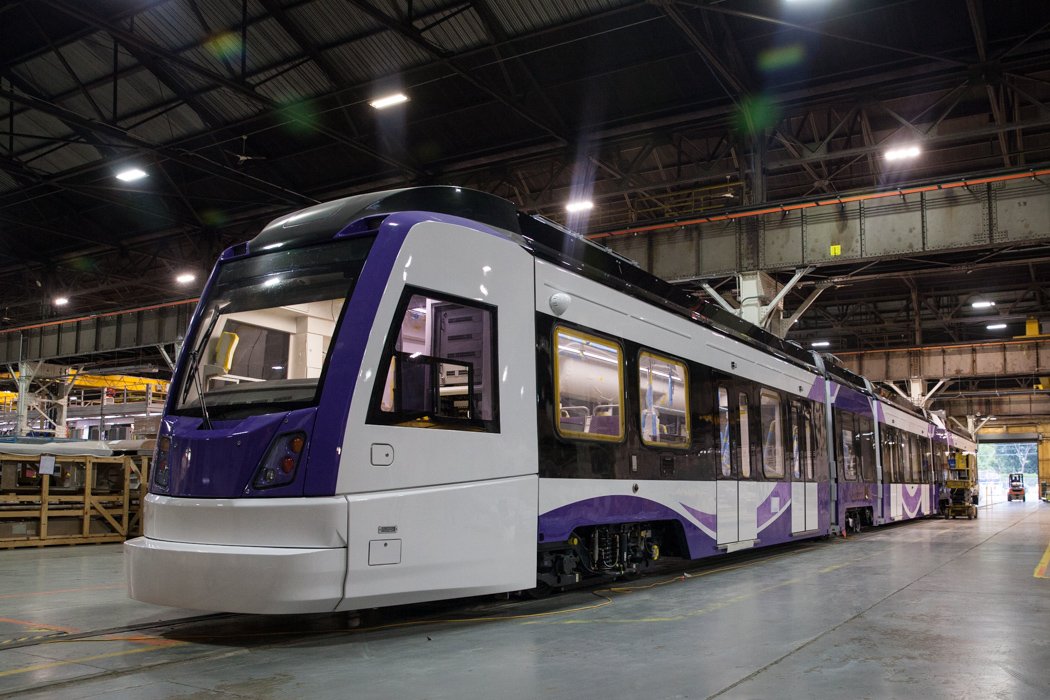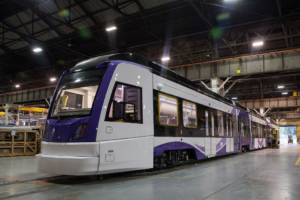Someone asked me recently if public-private partnerships (P3s) are just a fad or a delivery method that will ultimately be the country’s future. There’s no doubt about the answer. Public-private partnerships are here to stay. The federal government, realizing that public funding alone cannot cover critical infrastructure needs, continues to provide funding incentives, tax credits, planning assistance, and expertise to projects that are collaborative initiatives involving both public and private-sector funding.
Infrastructure, of course, covers more than transportation but roadways, bridges, ports, and airports are a major focus of Congress. A quick look at how funding is being structured and how much assistance is now provided to attract private-sector funding to infrastructure projects is solid evidence that the federal government has embraced alternative funding delivery models.
The U.S. Department of Transportation (USDOT) recently added millions of additional funding to a program designed to help public officials launch large P3 projects. Expertise, planning, funding, and various types of assistance are available now through the agency’s Build America Bureau.
Last year alone, the Bureau issued $11.3 billion in loans to 25 different projects in the U.S. But the newest initiative — the Regional Infrastructure Accelerator (RIA) program — offers more assistance than ever for P3 initiatives. Located in several regions, the accelerators are encouraging private sector investment and also providing guidance on everything required for successful public-private partnership initiatives. The accelerators are offering resources of all types to involve public officials, private-sector partners, and intergovernmental associations in infrastructure projects.
Regional planning organizations in Chicago, Seattle, Cleveland, Fresno, and San Diego were designated as the five inaugural accelerators. In less than a year, these initial RIAs have already galvanized progress on some of the largest, most widely ranging projects in the country.
The Bureau’s stable of financing instruments includes low-interest rates, flexible amortization, and no pre-payment penalties. Since its creation, the Bureau has used $36.6 billion to attract other sources of capital. Now, more than $130 billion has been invested in infrastructure projects.
One of the Bureau’s most dynamic financing instruments is the Transportation Infrastructure Finance and Innovation Act (TIFIA) credit program. Currently, a TIFIA low-interest loan of $1.76 billion for a P3 in Maryland is funding one-third of the costs (capped at just under $6 billion) associated with the Purple Line Light Rail project. California’s State Transportation Agency (Caltrans) will use TIFIA funding for improvements at state ports.
Other upcoming projects will also use TIFIA funding. and many of the projects will go through the new regional accelerators. One upcoming project at the Port of Oakland, an electrification project, will use TIFIA funding to attract private investors to the $218 million project. A railway project at the Port of Long Beach will be delivered in the same way. The port will use a mix of public and private sector funding for construction of on-dock rail support facilities. The project has a projected cost tag of $870 million.
The Chicago Metro Agency for Planning (CMAP) will use an initial $1 million to steer delivery of a regional electric vehicle (EV) charging project. As a designated accelerator for the region, CMAP will host discussions among public officials, private parties, and nonprofit organizations to develop a shared vision for EV charging infrastructure across seven counties in Illinois. CMAP is also assisting the delivery of Chicago’s $52 million LaSalle Street Bridge and Viaduct project that will solicit bids this summer.
Along with its RIA designation, the Pacific Northwest Economic Region in Seattle will help to deliver numerous large, regionalized transportation projects. The designated RIA is now working with area partners — the port authority and others — to develop a scalable drayage electrification model for trucks involved in port operations. The RIA will provide innovative financing options to ensure that port operations obtain the higher-priced drayage trucks needed to achieve carbon dioxide reduction across the ports of Seattle and Tacoma.
The Ohio Areawide Coordinating Agency has consolidated a slate of projects to reduce regional congestion. The RIA will help coordinate partnerships to deliver the improvements. Between 2025 and 2030, programmed road improvements are projected to cost $100 million. The RIA will provide planning assistance for a $200 million project for pedestrian access to roadways in Cleveland as well.
The San Diego Association of Governments (SANDAG) is working with the regional accelerator to plan development of commuter rail infrastructure. The RIA is already designing a $12.7 billion commuter rail connection between Sorrento Mesa and National City. Eventually, the initiative will provide a $3 billion connection between National City and the California-Mexico border.
Projects backed by RIA guidance will continue to emerge. Public officials and private companies interested in future partnering opportunities should be working with the accelerators now. The new RIA program was designed with the goal of ultimately transforming regional transportation infrastructure. It is clearly obvious that federal authorities plan to rely on public-private partnerships to deliver infrastructure relief in the future.








